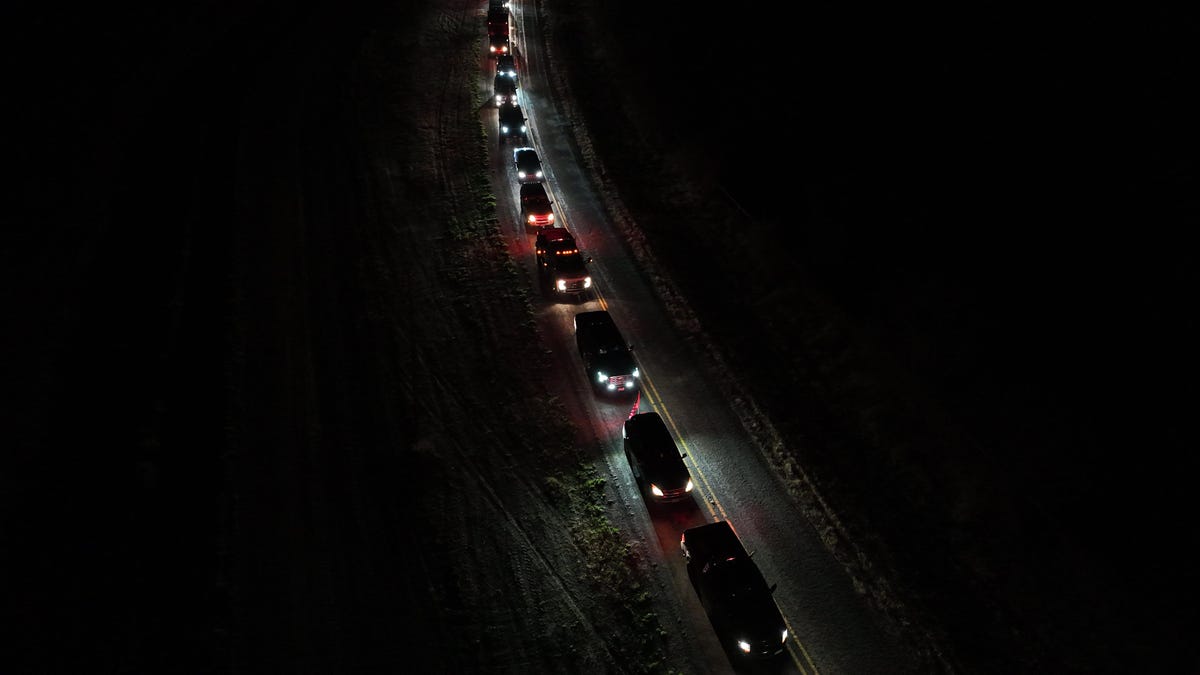1. Who developed the WK2 (2011-2020/1) Grand Cherokee platform? — This platform was also used by the gen. 3 Durango (still in production), the 2012-2019 Mercedes-Benz M/GLE-Class, and the 2013-2019 Mercedes-Benz GL/GLS-Class. It’s probably the final DaimlerChrysler collaboration, and didn’t even debut until a couple of years after the merger ended. But who led the design? There are aspects of these cars and their platform that are very Mercedes-Benz, like the shape of the seats and the battery being under the passenger seat…but also aspects that are very Jeep, like having the integrated longitude frame rails (a la XJ Cherokee and ZJ and WJ Grand Cherokees). Who led development of this platform, Chrysler/Jeep, or Mercedes-Benz? No one seems to know. I want to know.
2. Would the L322 Range Rover have been different if BMW had kept Land Rover? — The third-generation “L322″ Range Rover (2003-2012) was originally codenamed “L30.” That’s because BMW owned Land Rover and the rest of Rover Group during most of the L322’s development in the late 90s. But, since Rover Group’s various brands were costing an absolute fortune to update and had started to drag BMW’s own stock prices down, BMW sold most of it off (keeping only MINI) and even fired the person responsible for the idea of purchasing Rover Group. At that time, the L322 was halfway through development. The unverified lore I heard is that the L322 was supposed to get BMW’s then-new electronics architecture, the one that went into the E65 (2002-2008) 7 Series and Rolls-Royce Phantom VII Series I (2003-2012). But…when BMW decided to sell Land Rover to Ford, it decided not to give away its best tech, and instead finished development early with an older electronics architecture. The earliest L322s (2003-2005), as a result, have what are very obviously reskinned E38/E39/E53 modules and interfaces (instrument cluster, sat nav, switch packs). By 2005, these were quite outdated. They also have BMW powertrain packages, but that would have happened, anyway. outdated. But…would the L322 Range Rover have been more high-tech had BMW kept the company?
3. Why do VW and Audi often delete auto-hold from their cars in the US? Auto-hold, a feature that allows you to have the car hold the brakes for you at a stop, is a very convenient feature. However, most VW and Audi models in the US have this feature deleted. They’ll have a blank where the button that ordinarily activates that feature is, and retrofitting it is a pain. Why do they do this, when their competitors don’t have any problem giving you auto-hold?
And for a personal one:
4. What the hell happened to my 2004 XJ Vanden Plas’ air suspension? I know, I know, it’s a Jaguar. And mine was one of the very early run of that generation, having been produced in late 2003. I bought it and soon realized the air suspension was leaking. I ended up replacing all four struts with Arnott units, which are well regarded. Well, at first, the car just refused to air up the struts and I had to take it to a mechanic. They replaced the compressor, which seemed fishy in and of itself. But then, after that, it raised all four struts as high as they would go and displayed a permanent “Air Suspension Fault” light. Neither I, nor a reputable Euro shop, nor Jaguar specialists, were able to get that car to act right, and we replaced just about all of the system (ride height sensors, valve block, compressor, struts, lines, rear body computer). I finally ended up deleting the air suspension with a coilover kit and selling the car. I subsequently had a 2006 Jaguar XJ Vanden Plas (same generation) and didn’t have any such trouble.







